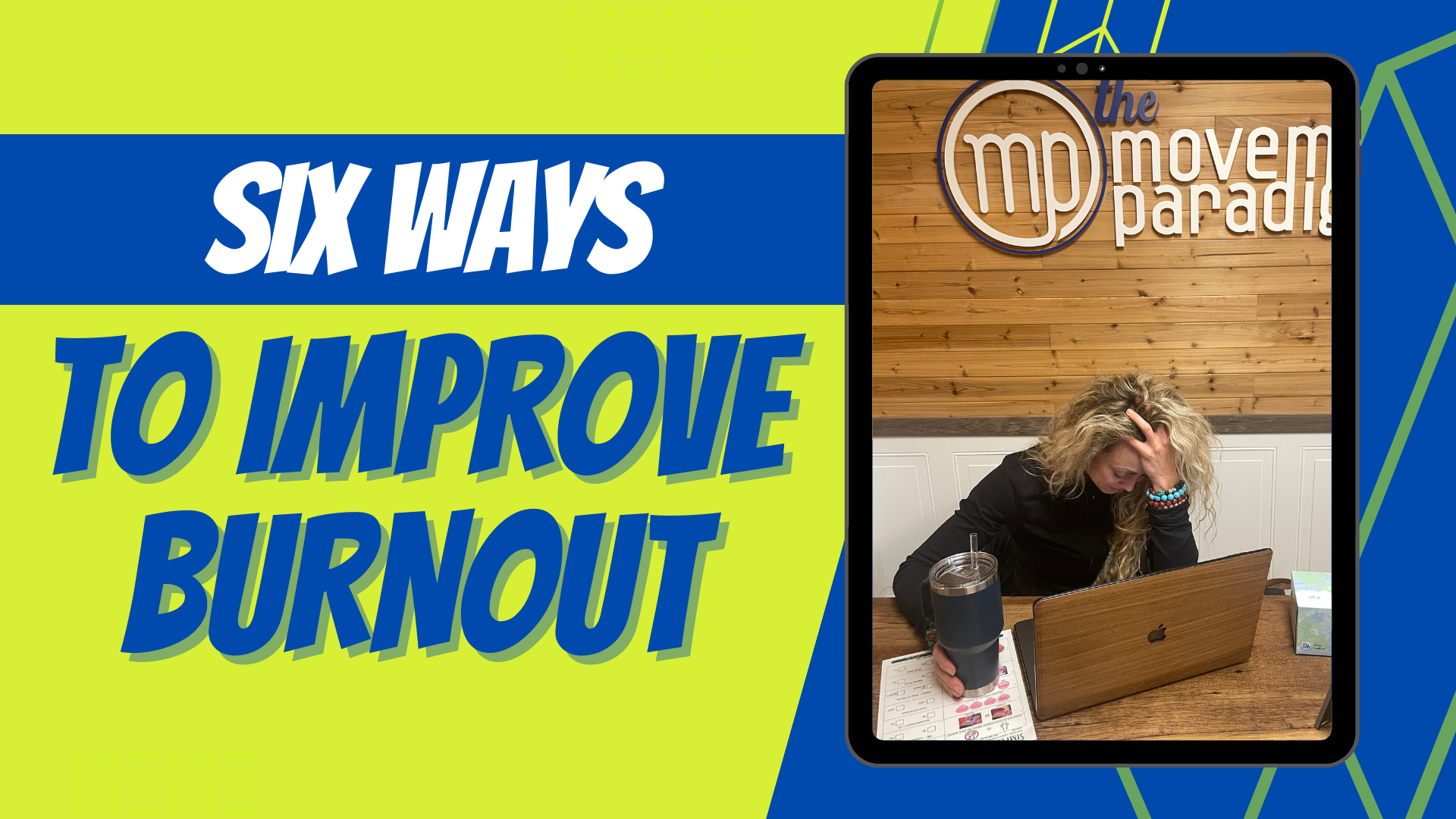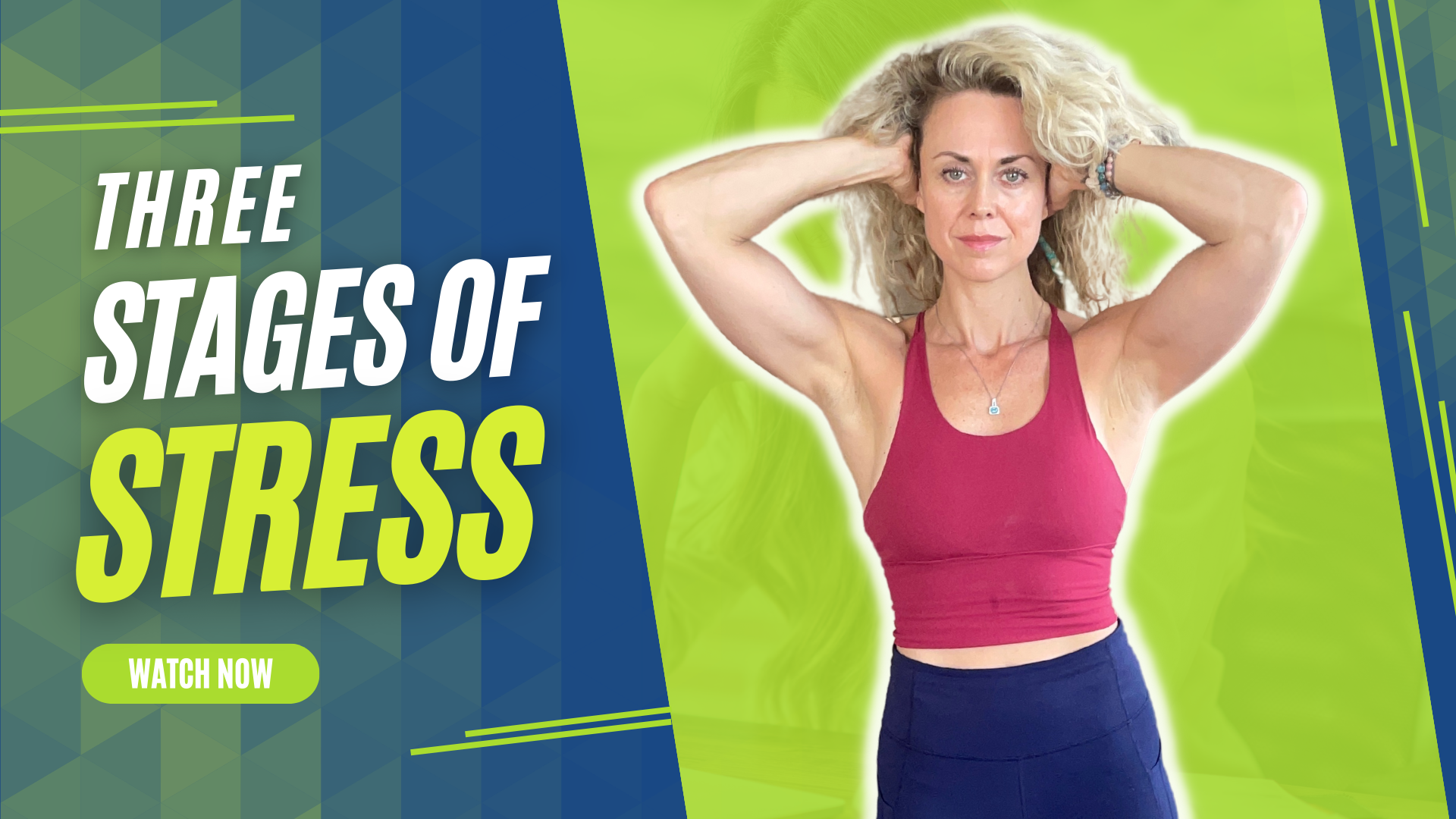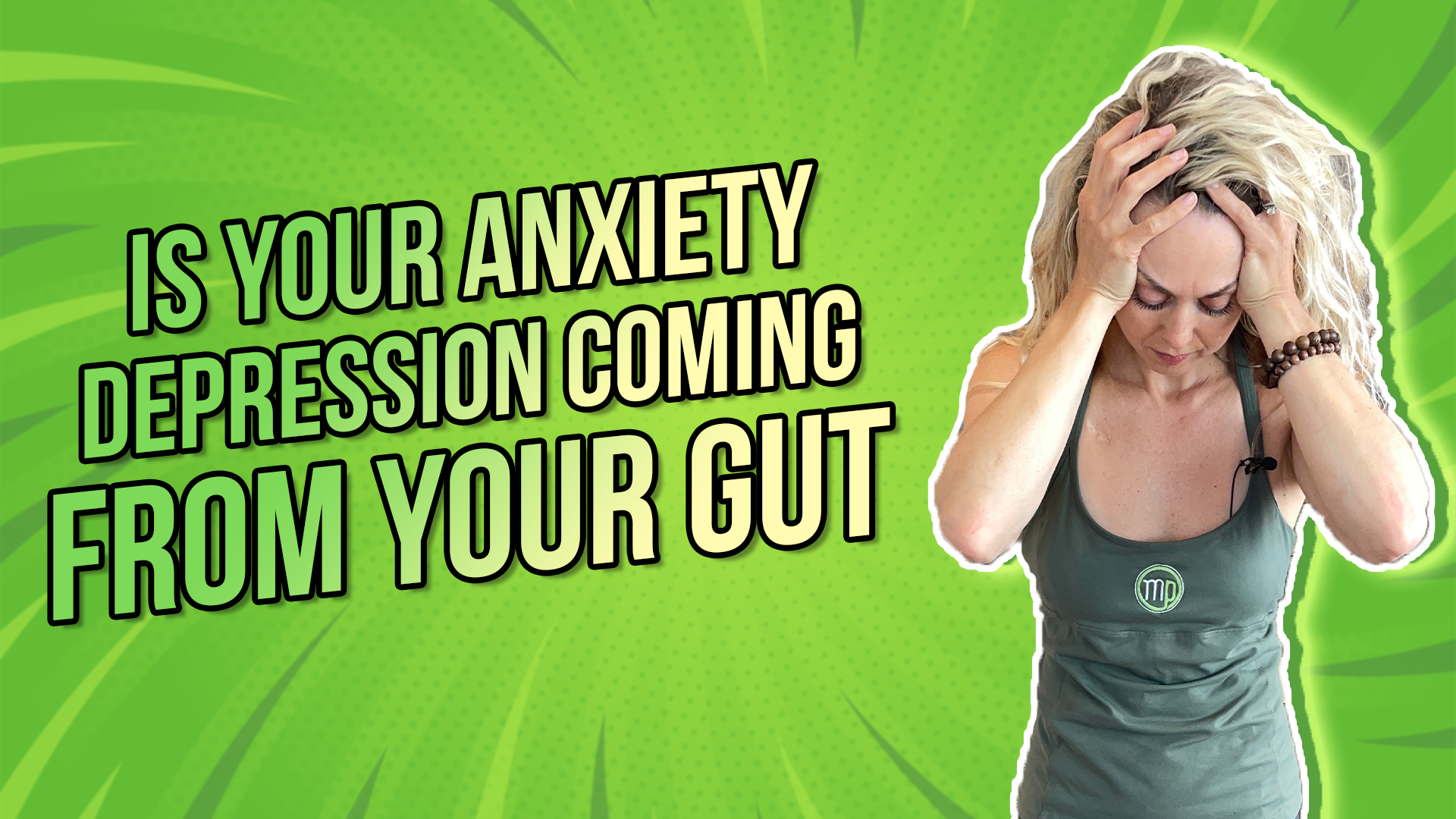Are you feeling completely emotionally, mentally, and physically exhausted? You feel like you can’t keep going? Today, we are going to talk about burnout, which is actually an ICD-10 code, i.e., a medical diagnosis.
Rather watch or listen?
What you need to know
You’re exhausted in all aspects, and you feel like there is nothing in you to do what you need to do. You might have a lack of energy, daytime sleepiness, and overall lethargy. You might feel like you perform poorly at work, at home, or even in other aspects of your life.
Stages of stress
When considering the nervous system or stages of stress, we have our state of social engagement where we’re connected, mindful, grounded, curious, and safe. When in fight or flight, we’re in survival mode. Our body and nervous system do everything to protect us. We’re either fighting: angry, frustrated, worried, anxious, or even in a panic state, or in a freeze state, where you can feel shut down, overwhelmed, disconnected, and maybe even suicidal. In this freeze state, there’s blood sugar dysregulation, significant sleep disturbances, feelings of exhaustion, fatigue, and procrastination, where you just feel like you cannot do what you need to do despite knowing what you should do.
It’s important to recognize this because in looking at the stages of stress, stage 3 stress is where burnout exists.
What can you do about it?
Let’s get into the important part: what can you do about it?
1. Identify if there are any physical causes
The number one thing I want you to think of is being able to identify if there are any physical causes of your burnout. For example, do you have a medical condition like hypothyroidism or Hashimoto’s? Do you have a nutrient deficiency, such as vitamin D or iron, contributing to this depletion of energy that prevents you from doing the things you love and want to do?
This will require some investigation. I strongly encourage you to reach out to a functional medicine practitioner, a dietitian, or even your doctor to help identify the underlying root causes of why you might be feeling this way.
2. Focus on your sleep
Focus on your sleep, not just the quantity but also the quality. It’s not only about the number of hours you get each night but also about the conditions that promote restoration, repair, and healing for your body. This may vary for each person, but it’s one of the most crucial factors.
Consider wearing blue light blockers after 7:00 p.m. and establish a nightly ritual before bed. Use down-regulation techniques like breathing exercises, vagus nerve exercises, somatic practices, yoga, or hypnosis as part of your pre-sleep routine. Additionally, pay attention to the room temperature, ensuring it’s cool and dark, and optimize your natural circadian rhythm.
There are numerous ways to enhance sleep hygiene. I recommend starting with one approach, turning it into a habit, and staying consistent with your sleep pattern. This consistency will help optimize your natural sleep-wake cycle, contributing to the healing process for your body.
3. Sunlight
Ideally, aim for 20 minutes of direct sunlight within the first 20 minutes of waking. It’s essential to be outside, even on a cloudy day, as the sunlight’s photons influence cortisol levels. This natural exposure helps increase cortisol production in the morning, supporting melatonin production at night and optimizing hormones related to the sleep-wake cycle.
Sunlight during the day offers benefits beyond vitamin D; it positively affects mood and overall health when consistently integrated into your routine. This shift can help move you from stage three stress and burnout towards a state of social engagement and connection.
If getting outside, especially in the morning, is challenging, consider using a SAD (Seasonal Affective Disorder) light. Bright light therapy has proven helpful for the mentioned benefits. Set it up during breakfast or coffee time as an alternative when outdoor exposure isn’t feasible. While it may not match the Sun’s effectiveness, it serves as a valuable alternative.
4. Regulate your blood sugar
This might sound a little far-fetched, but it is the most important thing to regulate your stress, fatigue, and overall energy levels. The simplest way to achieve this is by eating every 3 to 4 hours. This means having something when you wake up, not necessarily attempting to fast during this time, but assessing your current state and striving for consistently balanced meals with a focus on protein.
Ensure each meal includes at least 30 to 40 grams of protein to stabilize blood sugar. If cortisol is dysregulated, leading to multiple awakenings during the night or early morning peaks, consider having a small snack before bedtime. Pumpkin seeds are a good option, providing zinc, magnesium, protein, fat, and fiber to stabilize blood sugar, along with magnesium promoting better sleep.
Alternatively, try a scoop of peanut butter. Peanut butter contains tryptophan, a precursor to serotonin, which in turn is a precursor to melatonin. This can positively impact mood and sleep regulation and help balance blood sugar throughout the night.
5. Vagus nerve exercises, somatic practices, etc.
It wouldn’t be me if I didn’t talk about vagus nerve exercises, somatic practices, and meditation. These tools and strategies can be incredibly helpful in regulating your nervous system. In the burnout state, where thoughts of “should, should, should” lead to procrastination and overwhelming fatigue—emotionally, mentally, and physically—it’s crucial to shift focus to the body in a positive way.
Step out of your head and into your body, initiating movement and bringing awareness to your sensations and feelings. Consider vagus nerve exercises or explore somatic practices like body drumming, where you shake, tremble, and discharge excess energy that may not serve you well. There are numerous positive practices to integrate gently; it doesn’t have to be all or nothing. Start with small steps to explore your emotions, feelings, and physical sensations at a deeper level.
6. Re-evaluation
Lastly, consider re-evaluation. This involves reassessing everything: your work, your life, your relationships. Can you learn to set boundaries and say no when you have nothing left to give? Recognize that the last bit of giving can be particularly depleting. Acknowledge this and say no, allowing yourself to say yes to your own needs.
Take a deep, inward look at everything in your life at the moment. Make adjustments to grant yourself the incredible opportunity to live life to the fullest. Embrace your authentic self, enjoy your work, your family, your relationships, and all that life has to offer. Providing yourself with this chance is crucial.
If you found this helpful, please give it a like, share it, and comment below. I’d love to hear where you are on your journey. If you need assistance, we’d be delighted to help. Reach out for a discovery session, or join us in the Movement Paradigm app, where we have an incredible community dedicated to whole-body health. That’s precisely what we’re offering, and we want to help you heal and address the root of your health issues. Remember, you can overcome burnout, and we are here for you. Have a great day!
Other things that might interest you:



